
Are You 18 Or Over?
YesOr
No By clicking yes, you certify that you are over 18. By using this website, you agree to our legal disclaimer.605+ Cannabis Strains over 20 Breeders worldwide.
Table of Contents
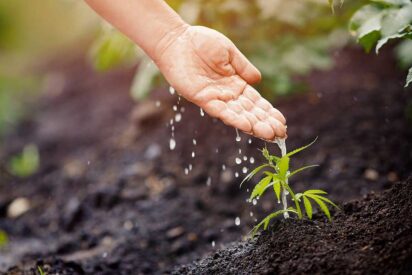
Just like other plants, autoflowering cannabis also requires its own growing requirements. In order for them to thrive and produce high yields, growers must be able to supply them with the nutrients that they need. In this article, you will be able to learn about different types of nutrients and the autoflower feeding schedule that you should provide for it.
Before you begin to plan your autoflower feeding schedule, you should learn to familiarize yourself with the different plant nutrients needed by your plants. This is normally categorized into two: macronutrients and micronutrients.
Macronutrients are given this name because they are commonly applied through using large quantities. This group is comprised of NPK or Nitrogen, Phosphorous, and Potassium. On the other hand, micronutrients are comprised of Manganese, Iron, Zinc, Copper, Sulfur, Calcium, and Magnesium. They are given to the plants in smaller amounts.
Both sets of nutrients are supplied to the plant in different ways, which can be via a slow-release powder, nutrients mixed with water, and through mixing with pre-amended soil. One of the most important things to remember is that there is a tendency to feed too little and too much to your plant, and that is the main reason why you should study the autoflower feeding schedule carefully.
The organic method of feeding cannabis plants comes with the theory that enriching the growing medium will also enrich the plant in a natural way. This would mean that you will not directly feed your plant. You will focus on taking care of your medium so that microorganisms will grow on the medium, break them down to smaller pieces so that the plant will be able to absorb them well.
This technique is used so that the plant will decide on its own how much it will absorb the nutrients that it needs. This will avoid having problems with going overboard with the nutrients because the plant decides on what it actually needs.
On the other hand, inorganic nutrients work through providing the nutrients by getting the exact amount of nutrients that it needs. Because everything will be addressed by your plant, the grower must be aware of the breakdown of the nutrients needed by the plants. As the exact numbers change from one to strain to another, you should first check and verify the needs of the strain that you choose to grow.
For autoflowering strains, it is essential that you know how to identify what are the nutrients that the plant requires because going overboard with organic nutrients will just waste all of them, and too much use of inorganic products will help you avoid burning all your plants. If you are unsure, you can always check on the manufacturers because they can provide that to you, and they must know everything about the plants that they sell.
At this moment, the seedlings only have a few leaves. They have two little ones that are called cotyledons, and they provide the plants the nutrition that they require at this young age until they mature and develop more leaves. Though the plant is still quite small, this first two weeks of the plant’s life is very crucial because the development is very fragile and mistakes at this point can harm the success of the yields at the end of the life cycle.
The nutrients that you should go with should only amount to 1/8 of the suggested amount. You should take caution in giving too much to your autoflower. There are many experts that even state that water alone will be enough to sustain the plant in its first two weeks. Overfeeding, in the worst case, will kill your plant.
Remember to read and research the exact nutrients that you should give as it depends on the strain and the growing medium that you will use.
Because you are growing an autoflowering cannabis plant, it will just breeze through the vegetative stage as it will quickly transition to flowering. You can observe this when the autoflowering plant is growing quite faster. At this point, you will be safe to give ½ of the recommended value of the nutrients. The emphasis on this part must be macronutrients, or Nitrogen, Phosphorous, and Potassium. In terms of weight, the Nitrogen must be larger compared to the other two. You may also decide to give them micronutrients – but only in smaller amounts.
When the flowering stage of your cannabis plant is reached, you should begin realigning the distribution of the nutrients for your plant. The amount of Nitrogen should be lessened, and more Potassium and Phosphorous should be introduced. Phosphorous will help your plant to produce more buds and fully bloom, so you should provide this to your plant to trigger the flowering stage.
Before the harvest season comes, you can get some slow-release nutrients through pellets that you can place in the growing medium. This will release the nutrients while you water your plant – or in simple terms, you will be able to flush them out.
| Week of Growth | Stage of Growth | Amount of Nutrients to Provide |
| 1 | Seedling | Water |
| 2 | Vegetative stage | 1/8 vegetative nutrient mix |
| 3 | Vegetative stage | ¼ vegetative nutrient mix |
| 4 | Pre-flowering stage | ½ vegetative nutrient mix |
| 5 | Little flowers growing | 1/8 vegetative nutrient mix &¼ blooming nutrient mix |
| 6 | Flowering stage | ½ blooming nutrient mix |
| 7 | Flowering stage | ½ blooming nutrient mix |
| 8 | Ripening stage | Flushing |
| 9 | Harvesting stage | Flushing |
If you are planning to grow autoflower seeds, you should study about their specific requirements and understand each part that is different from each other. You can use this autoflower feeding schedule guide, but it is still essential to keep on reading related articles and ask from experts until you are comfortable with the things that you know.
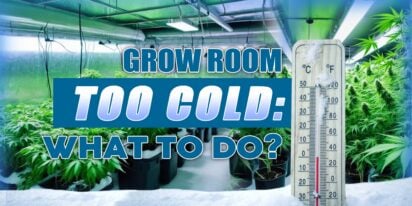
[ez-toc] In indoor gardening, maintaining an optimal temperature within your grow tent is crucial for the health and productivity of your plant

[ez-toc] Welcome to the delightful world of cannafudge crafting, where sweetness meets sophistication, and cannabis infusion adds a unique twis
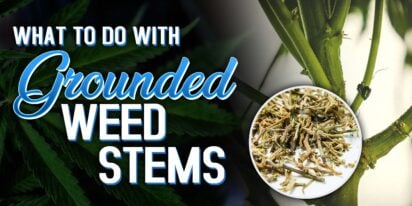
[ez-toc] You’ve finished trimming your weed, but what about those leftover stems? Don’t throw them away! These seemingly useless bits can a

Feeling high can be an exhilarating experience, but it's essential to make the most of it by engaging in activities that enhance the sensation a
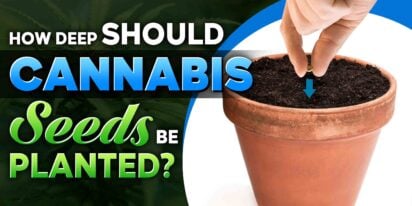
[ez-toc] Starting with planting cannabis seeds might seem simple, but how deep should cannabis seeds be planted for them to grow well. In this
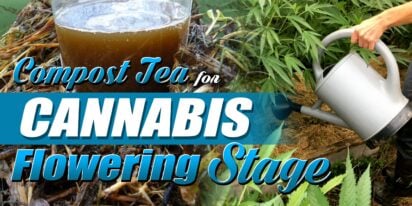
[ez-toc] In the realm of cultivating cannabis, maximizing growth during the flowering stage is a top priority for growers. While various method

[ez-toc] Nutrient burn is a common issue among plant enthusiasts, often resulting from over-fertilization or improper nutrient application. It

[ez-toc] Welcome to our complete guide to dealing with harmful pathogenic mold in cannabis. For those who grow cannabis, preventing mold is vit

In recent years, there has been speculation about “did Shakespeare smoke weed?” This idea originates from a study by South African anthropol
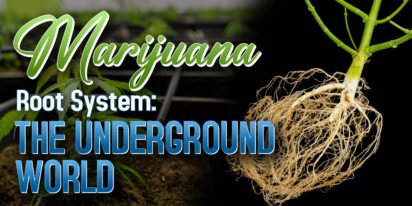
[ez-toc] Welcome to the hidden world beneath the soil – the inside of the marijuana root system. While the vibrant leaves and resinous flower

Are You 18 Or Over?
YesOr
No By clicking yes, you certify that you are over 18. By using this website, you agree to our legal disclaimer.